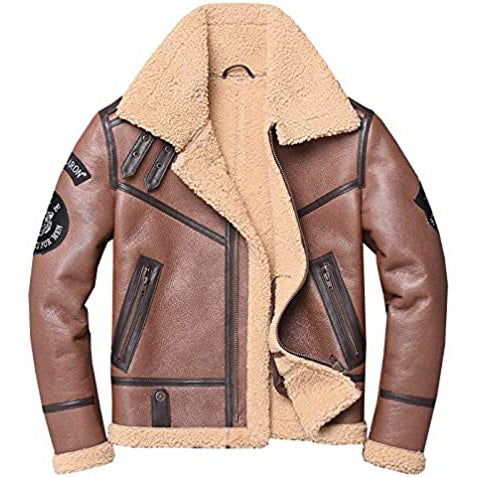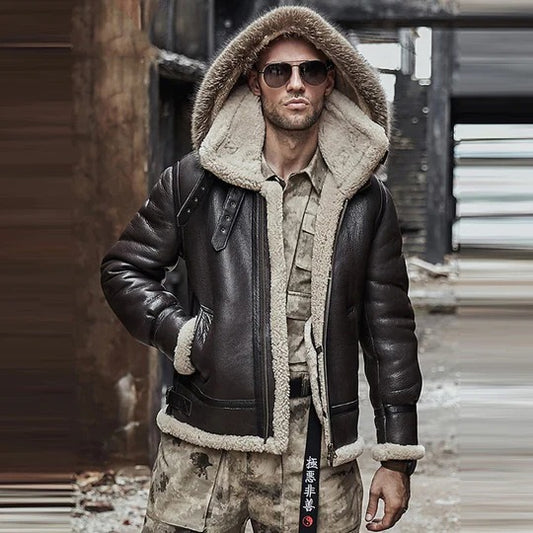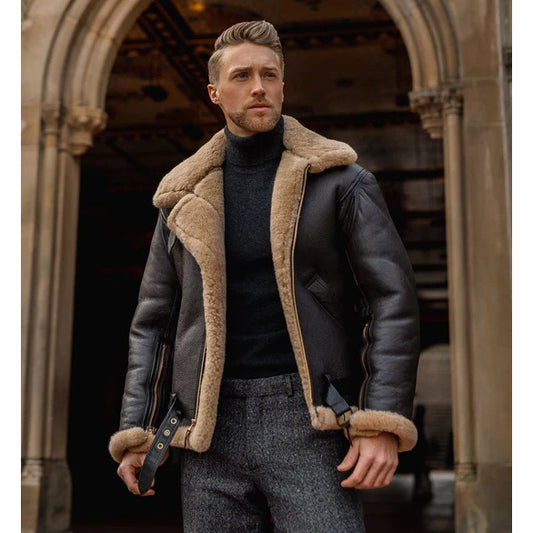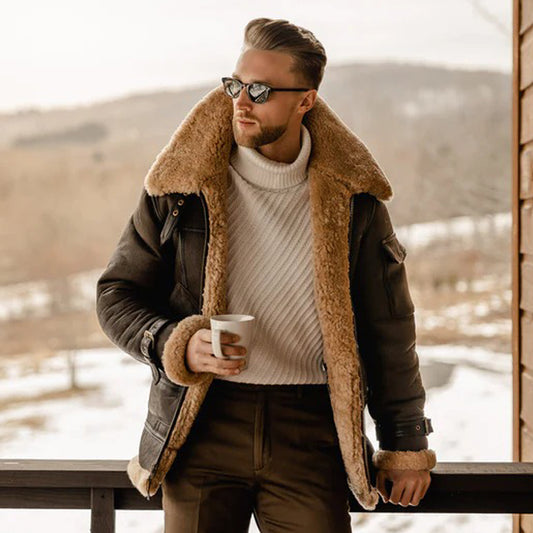Leather jackets have evolved from practical outerwear to a symbol of rebellion, style, and sophistication. In this comprehensive exploration, we delve into the rich history of leather jackets, tracing their journey from utilitarian beginnings to modern-day fashion icons.
Origins of Leather Jackets
Leather has been used for clothing since ancient times. Early humans crafted leather garments for protection against harsh weather. However, the modern leather jacket as we know it began to take shape in the early 20th century.
The Early 20th Century
During World War I, leather jackets became popular among aviators. The U.S. Army issued the A-1 bomber jacket, designed for pilots to wear in open cockpits. This functional piece featured:
- Durable leather: Protects against wind and cold.
- Fur lining: Added warmth.
- Belted waist: Ensured a snug fit.
As aviation gained popularity, so did the leather bomber jacket, establishing it as a staple in military and civilian wardrobes.
The Golden Age of Leather Jackets
The 1950s marked a turning point in leather jacket history. This decade saw the rise of youth culture, and leather jackets became synonymous with rebellion and nonconformity.
Icons of the Era
- James Dean: In "Rebel Without a Cause," Dean's black leather jacket epitomized teenage angst and rebellion.
- Marlon Brando: His role in "The Wild One" solidified the leather jacket's association with rebellious youth.
The Motorcycle Influence
Motorcycle culture further cemented the leather jacket's status. Brands like Harley-Davidson popularized heavy-duty leather jackets designed for riders. Key features included:
- Padded shoulders: Enhanced protection.
- Zippered pockets: Practical storage for small items.
- Stylish designs: Became fashion statements beyond the bike.
The Evolution of Styles
As fashion evolved, so did leather jackets. The 1960s and 1970s introduced various styles, appealing to diverse subcultures.
The Biker Jacket
- Characteristics: Shorter cut, asymmetrical zippers, and wide lapels.
- Significance: Became a symbol of counterculture, embraced by punk rockers and rebels.
The Classic Racer Jacket
- Design: Sleek, streamlined fit for motorcycle racing.
- Features: Minimalist style with clean lines, catering to those seeking a modern, sporty look.
The Shearling Jacket
- Material: Soft, cozy shearling lining provides warmth.
- Popularity: Associated with aviators and outdoor enthusiasts.
Leather Jackets in Pop Culture
The influence of leather jackets continued into the late 20th century, becoming a staple in music, film, and fashion.
The Punk Movement
Punk rockers leather jackets as a form of self-expression, often customizing them with studs and patches. This trend highlighted:
- Individuality: Custom designs allowed for personal expression.
- Rebellion: Solidified the leather jacket as a statement of defiance against mainstream culture.
The Fashion Runway
Designers embraced studded leather jackets, introducing innovative styles on the runway. Key trends included:
- Tailored leather blazers: Blending sophistication with edge.
- Oversized silhouettes: Reflecting a more relaxed, casual vibe.
The Modern Leather Jacket
Today, leather jackets are available in a multitude of styles, catering to a diverse audience. From classic designs to contemporary cuts, the options are limitless.
Sustainability in Leather Fashion
With growing environmental awareness, the leather industry is evolving. Brands are now exploring sustainable practices, such as:
- Eco-friendly tanning processes: Reducing harmful chemicals.
- Recycled materials: Using repurposed leather to create new jackets.
Technology Meets Fashion
Innovations in fabric technology have also influenced leather jackets. Features like waterproofing and breathability enhance functionality, making leather jackets suitable for various weather conditions.
Conclusion
The leather jacket has a storied history that reflects broader cultural shifts. From its origins in military aviation to its status as a fashion icon, the leather jacket has proven its versatility and enduring appeal. As we move forward, sustainability and innovation will shape its future, ensuring that this timeless piece remains relevant for generations to come.
Frequently Asked Questions
What types of leather are commonly used for jackets?
Common types include cowhide, lambskin, and goatskin, each offering different textures and durability.
How should I care for my leather jacket?
Regularly clean with a damp cloth, use leather conditioner, and store in a cool, dry place.
Can leather jackets be worn in all seasons?
Yes, lightweight leather jackets can be worn in spring and fall, while thicker styles are perfect for winter.
Are leather jackets unisex?
Absolutely! Many leather jackets are designed to fit all genders, emphasizing a versatile and inclusive style.
What should I look for when buying a leather jacket?
Consider the fit, leather type, style, and any special features like insulation or waterproofing.





